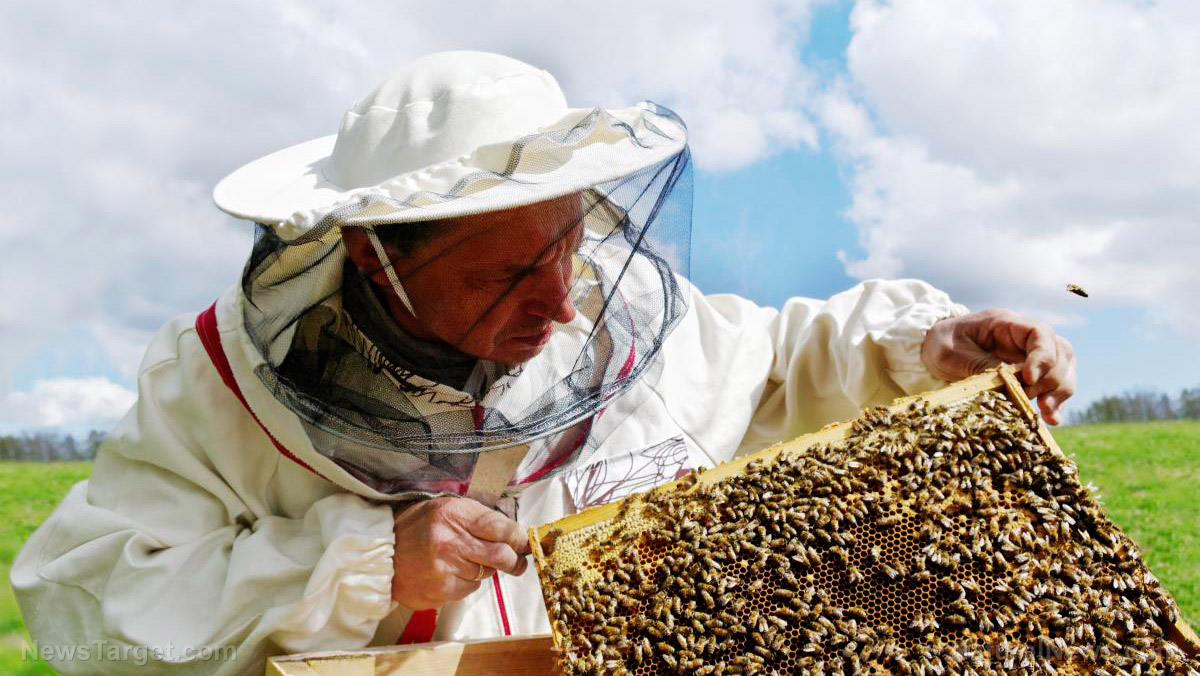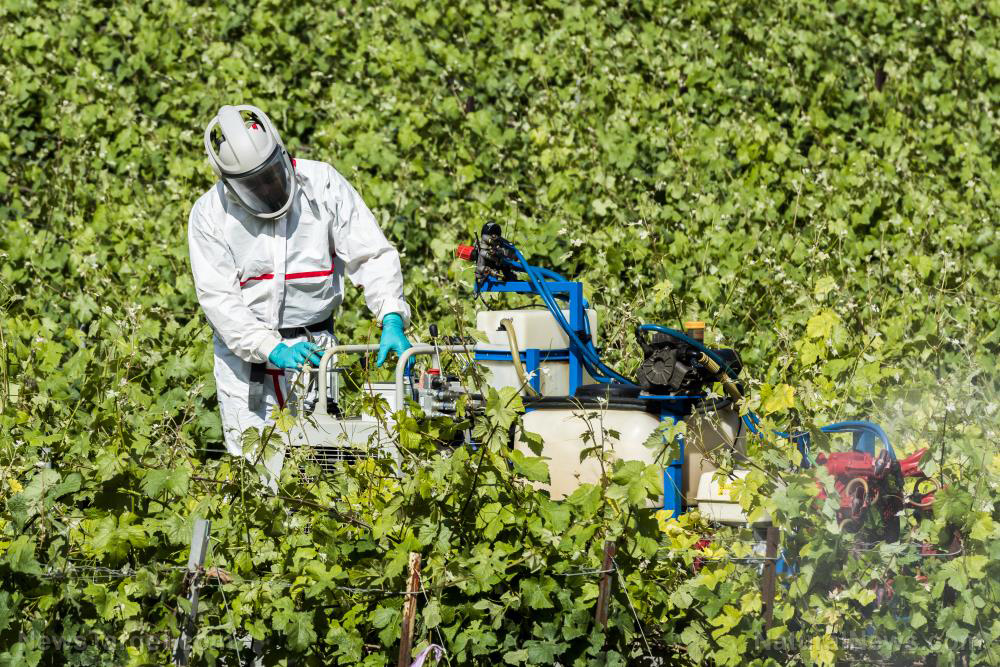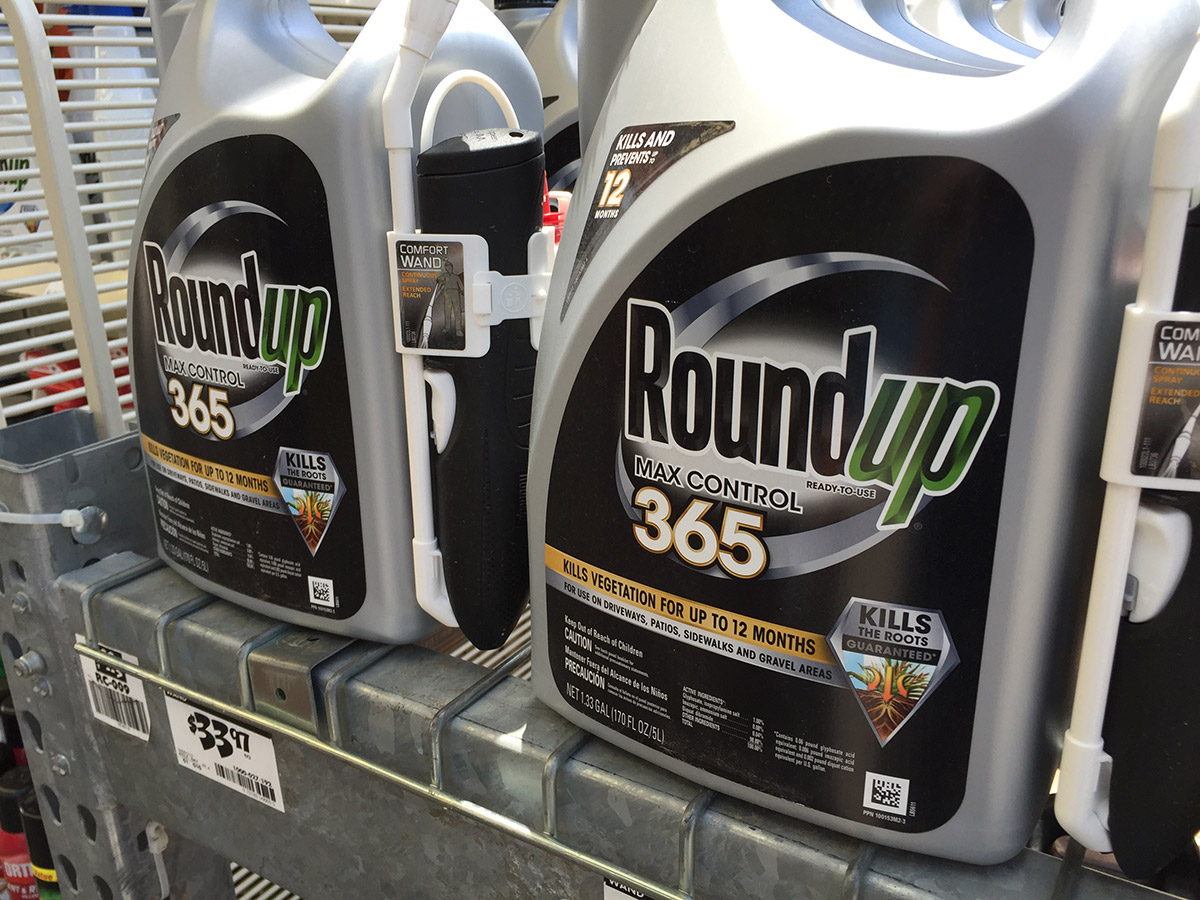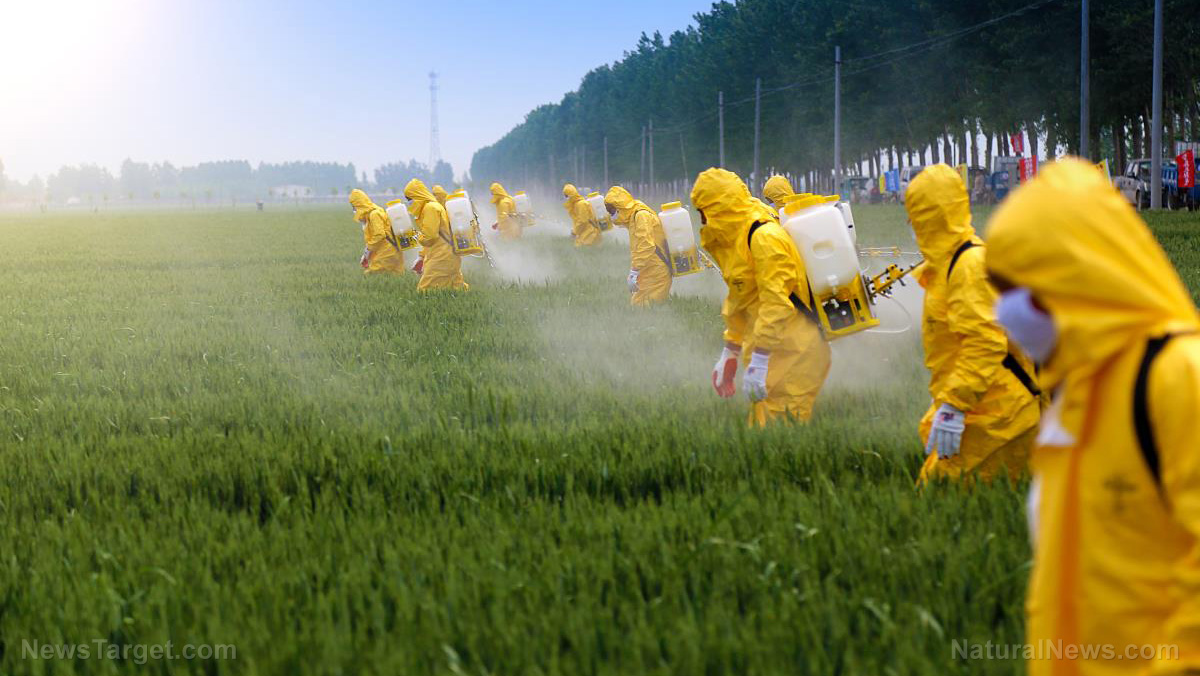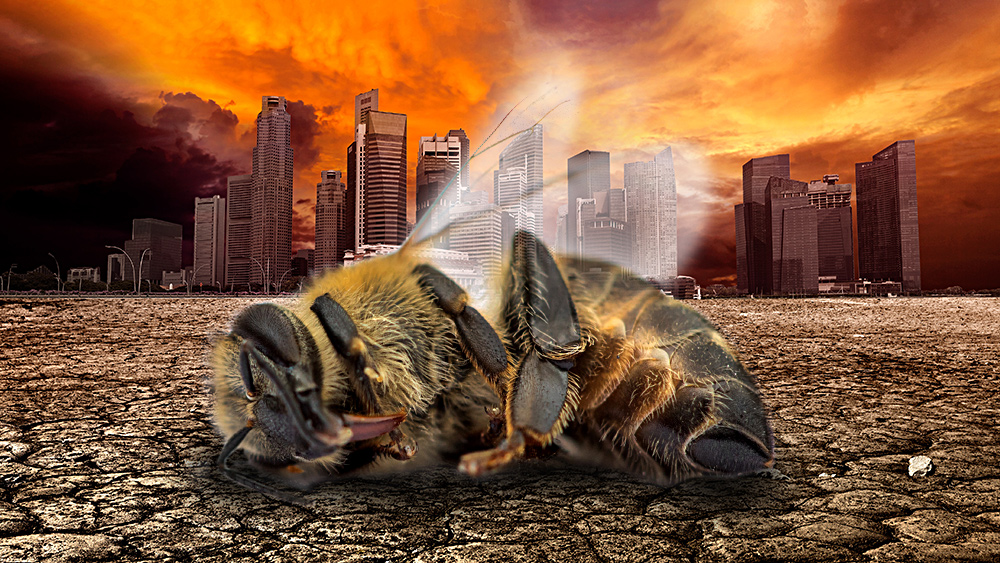High levels of toxicants from plastic products found in stranded dolphins and whales
08/11/2020 / By Evangelyn Rodriguez

Consumer waste like plastics pose a huge threat to marine life for various reasons. Apart from their durability and slow biodegradability, plastics also contain and attract toxic contaminants that can accumulate inside aquatic animals if they’re ingested.
Over the past few decades, scientists have been sounding the alarm on the increasing amount of plastics found polluting the world’s oceans. A new report by American researchers justifies their concern and documents the level of toxicants found in marine mammals, as well as their impact on biological systems.
“This is the first published report examining concentrations of atrazine, DEP, NPE and triclosan in blubber tissues of stranded cetaceans. Our study is also the first to report concentrations of toxicants in a white-beaked dolphin and in Gervais’ beaked whales,” the researchers wrote in their paper, which appeared in the journal Frontiers in Marine Science on Wednesday.
The danger of plastics for marine mammals
According to recent studies, the amount of manufactured waste released into the environment has grown exponentially in recent years. Among the most commonly found marine debris, plastics pose the greatest threat to the health of aquatic animals. Researchers say that a large portion of the global ocean plastic pollution comes from middle- and low-income countries, whose poor waste management allows post-consumer waste to leak into oceans via waterways, winds and tides.
Besides the chemicals that make up plastics, plasticizers also cause toxicity to biological systems. These compounds are added to plastic products to increase their flexibility and reduce their brittleness. Phthalates, bisphenol A (BPA), nonylphenol ethoxylates (NPE) and polychlorinated biphenyls (PCBs) are some of the most commonly used plasticizers by the industry. Also described as endocrine disrupting chemicals (EDCs), plasticizers negatively affect various organs, as well as the immune and reproductive systems of aquatic animals.
In addition to these toxicants, scientists have also found heavy metals — sourced from consumer products — like arsenic, cadmium, lead, mercury and thallium accumulating in body tissues of marine mammals, along with essential minerals like cobalt, copper, iron, manganese, selenium and zinc. While these minerals serve important functions, they can become toxic at high concentrations. In fact, studies show that exposure to high levels of certain elements can cause liver damage, immunosuppression and neurological, developmental and reproductive impairments in aquatic animals.
Toxic pollutant levels in stranded dolphins and whales
New chemicals used in manufacturing make their way to the oceans each year. However, before researchers can even begin to keep track of these new pollutants, they first have to deal with the paucity of data on EDCs, essential minerals and heavy metals, particularly their biological effects. As part of ongoing efforts to address these problems, a team led by researchers at Florida Atlantic University‘s (FAU) Harbor Branch Oceanographic Institute decided to look at the levels of anthropogenic contaminants in free-ranging marine mammals.
The researchers set their sights on cetaceans (whales and dolphins) that were stranded in southeastern United States between 2012 and 2018. They examined liver samples from these animals to establish baseline concentrations for essential minerals, heavy metals and the PCB mixture, aroclor 1268. They also collected blubber samples to measure the concentrations of specific toxicants, such as the herbicide, atrazine; the antimicrobial agent, triclosan; and plasticizers like BPA, diethyl phthalate (DEP) and nonylphenol monoethoxylate (an NPE).
The researchers reported that the levels of toxic chemicals and elements in cetaceans varied based on demographic factors, such as species, sex, age and location. For instance, liver samples taken from stranded bottlenose dolphins had higher average concentrations of lead, manganese, mercury, selenium, thallium and zinc than samples from pygmy sperm whales. On the other hand, they observed the opposite trend for arsenic, cadmium, cobalt, iron and NPE.
The researchers also noted that female bottlenose dolphins had higher arsenic concentrations but lower iron concentrations than adult dolphins of the opposite sex. Meanwhile, age influenced lead, mercury, selenium and manganese concentrations, with adult dolphins having significantly higher concentrations of the first three than juveniles. In terms of geography, dolphins stranded in Florida had higher average concentrations of lead, mercury and selenium than dolphins stranded in North Carolina.
As for plasticizers and other toxicants, the researchers reported that BPA had the highest average levels in blubber samples from bottlenose dolphins. Triclosan had the second highest concentration, followed by DEP, NPE and atrazine. In pygmy sperm whales, NPE had the highest concentration, followed by BPA, DEP, triclosan and atrazine. Liver samples from the two cetaceans also contained high levels of iron and mercury and low levels of lead and thallium. Bottlenose dolphins had significantly higher concentrations of aroclor 1268 than pygmy sperm whales.
Besides being the first study to provide this kind of data, the article is also the first to report toxicant concentrations for two understudied cetacean species, namely, Gervais’ beaked whales and white-beaked dolphins. The researchers found the highest liver concentration of arsenic ever reported for a marine mammal in an adult female Gervais’ beaked whale. Meanwhile, they found the highest concentration of BPA in an adult male white-beaked dolphin, which also had relatively high levels of DEP, lead and triclosan and suffered from tumor-like lesions.
“We must do our part to reduce the amount of toxicants that enter into our marine environment, which have important health and environmental implications not just for marine life but for humans,” said Annie Page-Karjian, an assistant research professor at FAU and the study’s lead author.
“These chemicals work their way up through the food chain and get more concentrated the higher up they go. When dolphins and whales eat fish with concentrations of the chemicals, the toxic elements enter their bodies. Dolphins eat a variety of fish and shrimp in these marine environments and so do humans.”
For more news on the impact of plastic pollution on marine ecosystems, visit OceanHealthNews.com.
Sources include:
Submit a correction >>
Tagged Under:
consumer products, Ecology, endocrine-disrupting chemicals, environment, Essential Minerals, herbicides, marine life, marine mammals, plastic waste, plasticizers, products, research, toxic chemicals, toxicants, triclosan, water health
This article may contain statements that reflect the opinion of the author
RECENT NEWS & ARTICLES
COPYRIGHT © 2017 DICAMBA NEWS



